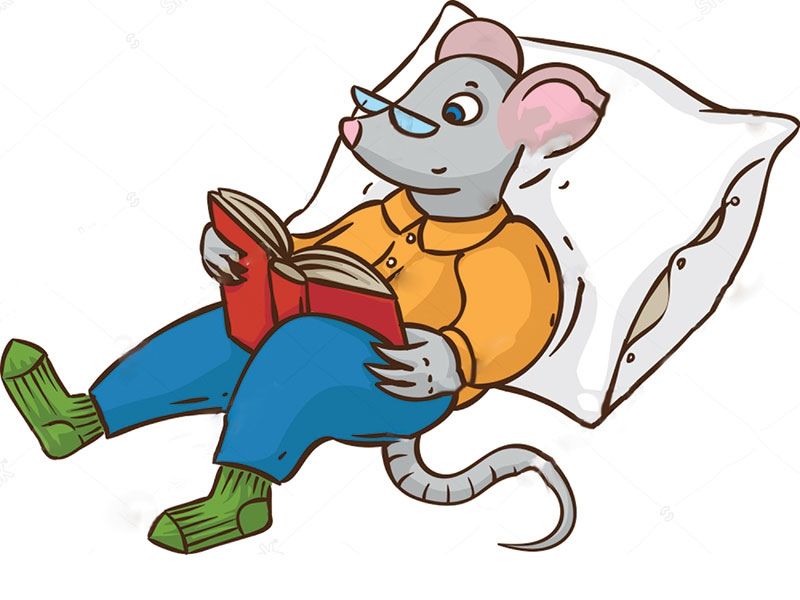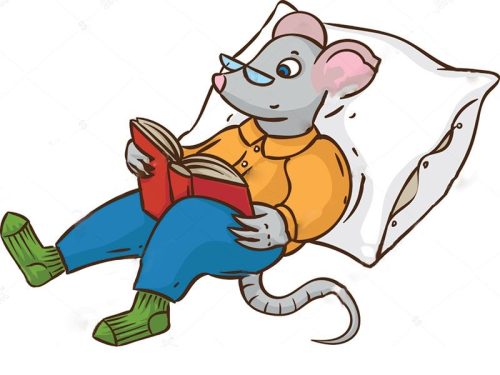What’s an anthropomorphism? Let Mickey Mouse explain
Anthropomorphism is the attribution of human characteristics and qualities to animals and/or deities – Roopa Banerjee

Many generations have grown up admiring the wisdom of Winnie the Pooh and laughing at the antics of Mickey Mouse. The persuasiveness with which these characters were written cloaked the fact that they were fictional animal protagonists displaying human attributes and emotions. Winnie the Pooh and Mickey Mouse are great examples of anthropomorphism — the attribution of human characteristics and qualities to animals and/or deities.
Anthropomorphism is derived from a combination of the Greek words ánthrōpos and morphē, meaning ‘human’ and ‘form’, respectively. Ancient Greek dramas portrayed talking animals as humans or deities. Popular culture is replete with examples of anthropomorphisms, in particular children’s books and television. Thomas the Tank Engine is a fictional anthropomorphised steam locomotive in The Railway Series authored by Rev. W. Awdry 1911-1997), and later developed as a popular TV series in the UK. Mickey Mouse and Donald Duck, created by American animator/movie producer Walt Disney (1901-1966), are probably among the earliest American fictional characters to capture the imagination of children worldwide.
Sports team mascots are often animals attributed with the human trait of cheering on their teams. The 2011 Cricket World Cup tournament hosted by India, Sri Lanka and Bangladesh, had Stumpy the elephant as its mascot.
Adults are not immune to the magic of anthropomorphisms. British author George Orwell’s Animal Farm features animals as its main protagonists (along with humans) and brilliantly depicts events leading up to the Russian Revolution of 1917 followed by the Stalinist era.
The Peanuts comics created by American cartoonist Charles Schulz (1922-2000) use anthropomorphism in unusual ways to portray the lives of Charlie Brown and friends. Snoopy, Charlie Brown’s dog, has enlightening conversations with Woodstock, the bird, on life’s purpose and other existential troubles, albeit in lighter vein.
Ancient Indian animal folk tales and fables are among the best examples of anthropomorphism. A case in point is the Jataka Tales. This capacious body of literature, dating back to the 4th century BC, depicts the previous births of Lord Gautam Buddha in both human and animal form. Fascinating Jataka stories include ‘The ox who envied the pig’, ‘The swan with the golden feathers’ and ‘The turtle who couldn’t stop talking’.
Aesop’s Fables, a collection of stories credited to Aesop, a slave and storyteller believed to have lived in ancient Greece between 620 and 564 BC, are another brilliant example of anthropomorphism. ‘The lion in love’ from Aesop’s Fables is one of the earliest examples of anthropomorphism in Greek literature. In this fascinating tale, a lion falls in love with a beautiful woman and proposes marriage to her parents. But the parents are hesitant to agree to their daughter marrying a lion, yet they don’t want to enrage the King of Beasts. Plainly, there is the supposition that the lion can talk to the girl’s parents and yet, interestingly, they are hesitant to establish filial relations with an animal. This literary device lends itself to intermingling of the animal and human worlds, but allows animal and human characteristics to remain separate and distinct.
Exercise
1. Give two examples of anthropomorphic characters in Lord of the Rings by J. R. R. Tolkien.
2. What is the name of the spider in Harry Potter books who shows anthropomorphic characteristics?
3. What is the name of the anthropomorphic rabbit in Beatrix Potter tales?
4. Name any three anthropomorphic characters in Alice’s Adventures in Wonderland by Lewis Carroll.
Answers
1. Treebeard, the Ent and Smaug, or the Dragon.
2. Aragog
3. Peter Rabbit
4. White Rabbit, Caterpillar and the March Hare.

















Add comment